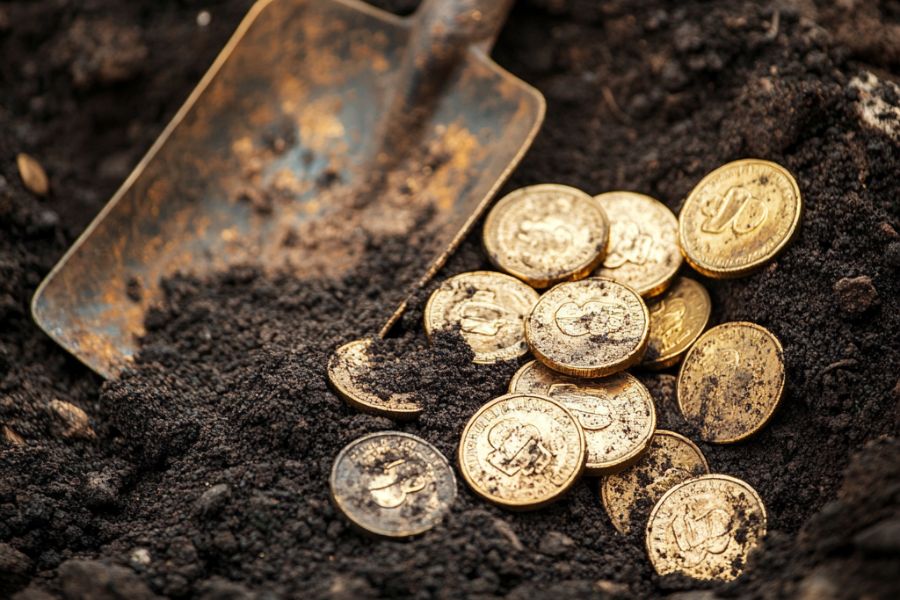The rolling plains and rugged Black Hills of South Dakota are home to secrets like stashes of gold, forgotten silver veins, and relics from pioneers who left their fortunes behind.
Stories whisper of General Custer’s men hiding rifles near Castle Creek or miners abandoning a ravine full of placer gold over a century ago. And these aren’t myths, they’re pieces of our history, still out there for curious minds.
Treasure hunting here mixes adventure with a dash of detective work. Picture sifting gravel near Pactola Dam, where a sunken sandbar might still hold gold, or wandering Rochford’s old mines where weathered cabins hint at riches.
Even the ghost towns around Custer Peak buzz with tales of silver so pure it gleams in the dark. Every hike could turn into a hunt for something extraordinary.
Some of these lost treasures could be worth millions today. With gold prices high, even a small find could change your life.
You don’t need experience to start exploring. Grab a shovel, hit the trails, and keep your eyes open. That rusty tin under a prairie rose or glint in a hillside stream? It might be your ticket to rewriting history.
The Hidden Treasures of South Dakota Waiting to Be Discovered
Explore some of the most fascinating and valuable treasures still waiting to be unearthed in South Dakota:
Lame Johnny’s Cache – $3,600,000+
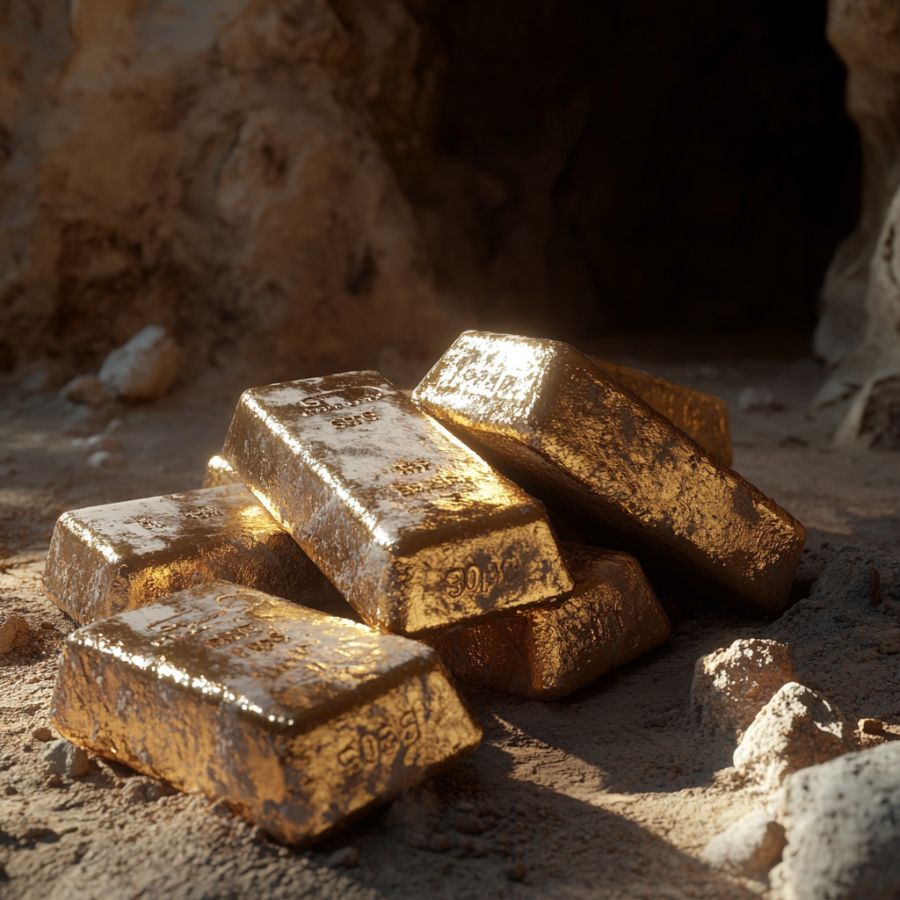
Cornelius Donahue, nicknamed “Lame Johnny” for his uneven walk, arrived in the Black Hills during the 1870s gold rush. He tried prospecting but failed, turning instead to robbing stagecoaches.
His most famous theft happened in 1878 when he ambushed the Homestake Mine’s armored coach, stealing gold bars and jewels meant for a bank in Deadwood. Johnny’s crimes ended when a lynch mob hanged him near Rapid City in 1879.
Witnesses claimed Johnny hid his stolen treasures in a cave near Canyon Springs or buried them under a lightning-struck pine tree. A rusty pickaxe and shredded leather bags were found decades later, but no gold.
Johnny’s story mixes fact and mystery. Records confirm the stolen gold’s weight and value, but maps he supposedly drew have vanished.
How much the treasure would be worth today
The missing gold and jewels could be worth over $3.6 million today.
Cuthbert Ducharme’s Gold – $1,300,000+
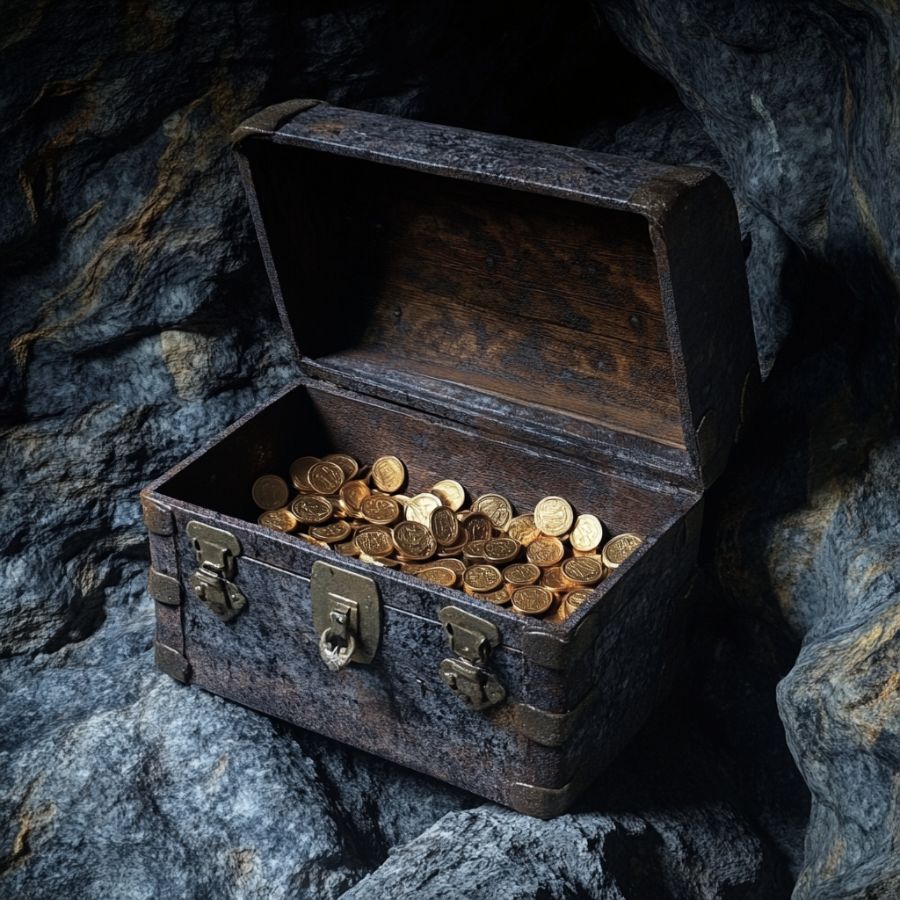
French-Canadian fur trapper Cuthbert Ducharme built a trading post along the Missouri River in the 1850s. He traded with Lakota tribes and settlers, earning gold coins for furs and supplies. His post became a busy stop for riverboats carrying pioneers west.
Ducharme’s wife, Marie, told neighbors he gave her $50,000 in gold coins before he died in 1868. She buried the coins near their post to protect them from thieves.
The exact spot was lost when floods changed the river’s path. A faded ledger found in 1920 listed Ducharme’s deals, showing payments in “yellow metal.”
The coins were likely U.S. double eagles or French francs from the 1850s. Heavy rains in 1905 washed away part of the riverbank near old trading post ruins, exposing a rotted wooden box. It held nothing, but some think the gold lies deeper, hidden under layers of mud.
How much the treasure would be worth today
Ducharme’s gold coins would now total over $1.3 million.
Calamity Jane’s Hidden Gold – $90,000+
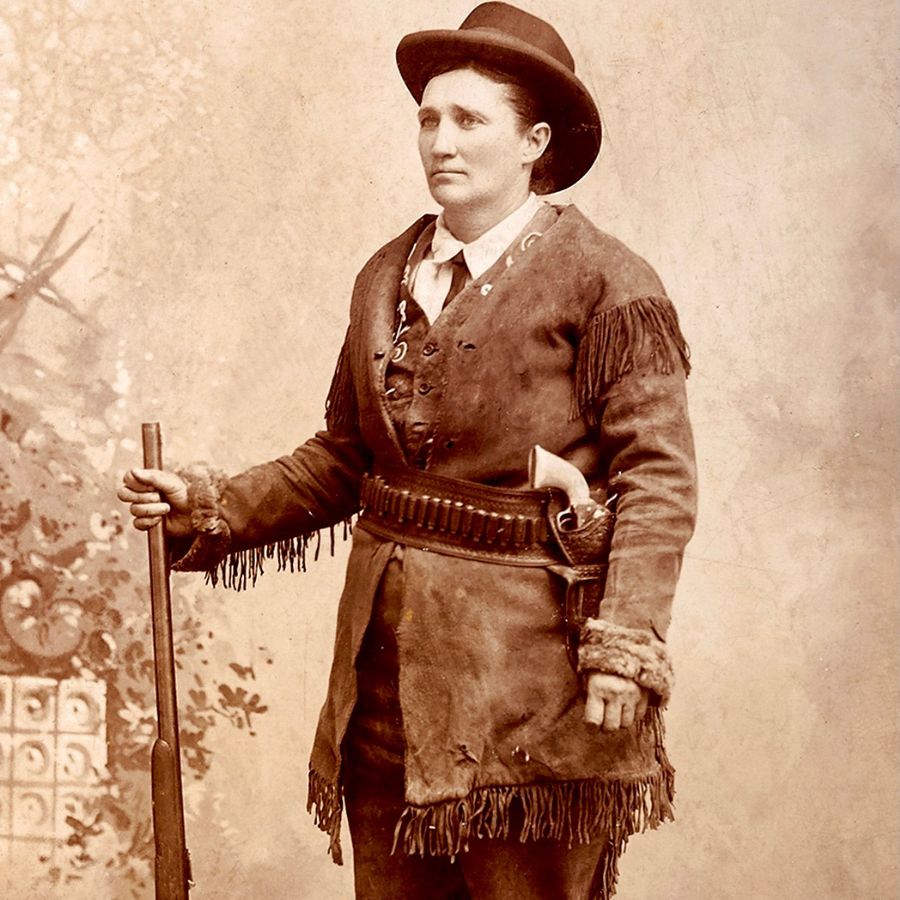
Martha “Calamity Jane” Canary worked as a scout and gambler in Deadwood, often carrying gold dust in a leather pouch. After Wild Bill Hickok’s death in 1876, she stayed in a cabin near Whitewood Creek.
Friends said she buried her gold to keep it safe from thieves. A 1902 letter from her friend Dora DuFran mentions Jane hiding the pouch “where the creek splits east of the tall rock.”
In 1934, a flood washed away part of the creekbank, revealing an empty leather strap.
How much the treasure would be worth today
Calamity Jane’s gold might be worth $90,000 today.
Mexican Ed’s Buried Jars – $200,000+
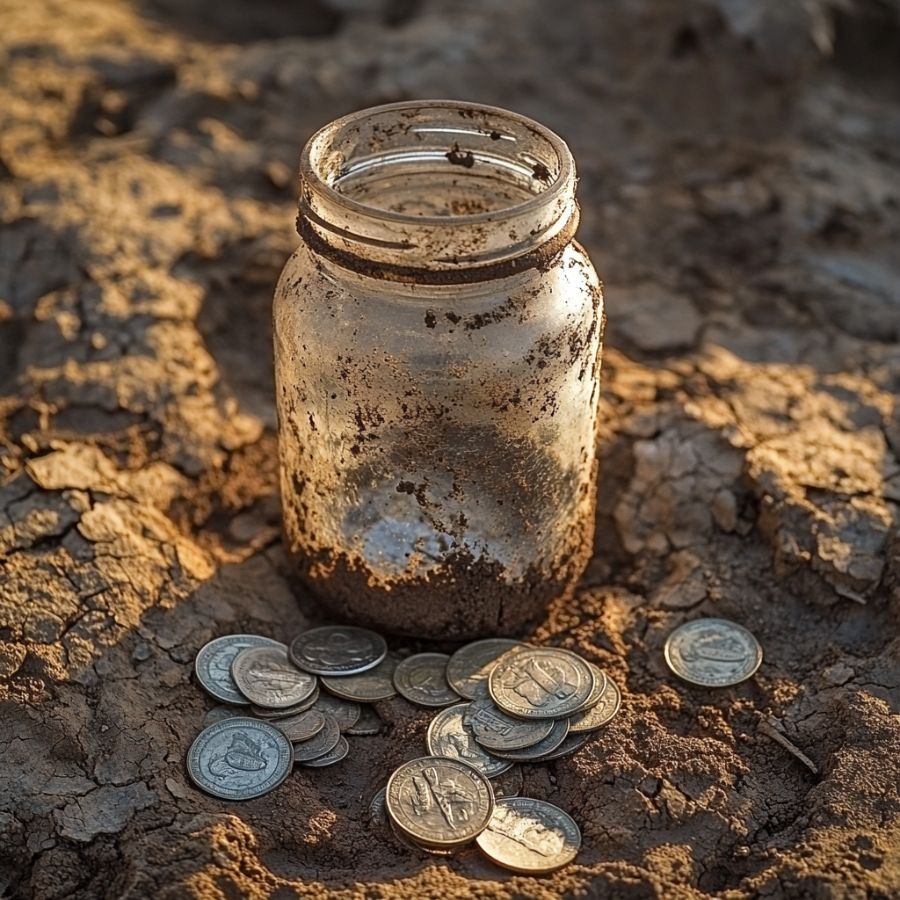
Ed Sanchez, a former cowboy from Texas, opened a roadhouse near Grindstone Buttes in the 1880s. Travelers called him “Mexican Ed” and paid in silver dollars for meals and whiskey. He became known for distrusting banks, telling customers, “Glass don’t rust,” as he saved coins in jars.
In 1894, Ed bought land along Dirty Woman Creek, building a cabin with a stone cellar. Neighbors saw him digging near willow trees at dusk.
After he died in 1902, relatives found empty jars in his cellar but no money. A 1910 drought lowered the creek, revealing a cracked jar lid stuck in the mud.
The jars likely hold Morgan silver dollars and $20 gold pieces. Ed’s favorite fishing spot, where three large rocks form a triangle, matches the descriptions in his diary.
How much the treasure would be worth today
Ed’s buried jars could hold over $200,000 today.
Lost Treasure of the 5th Cavalry Soldier – $65,000+
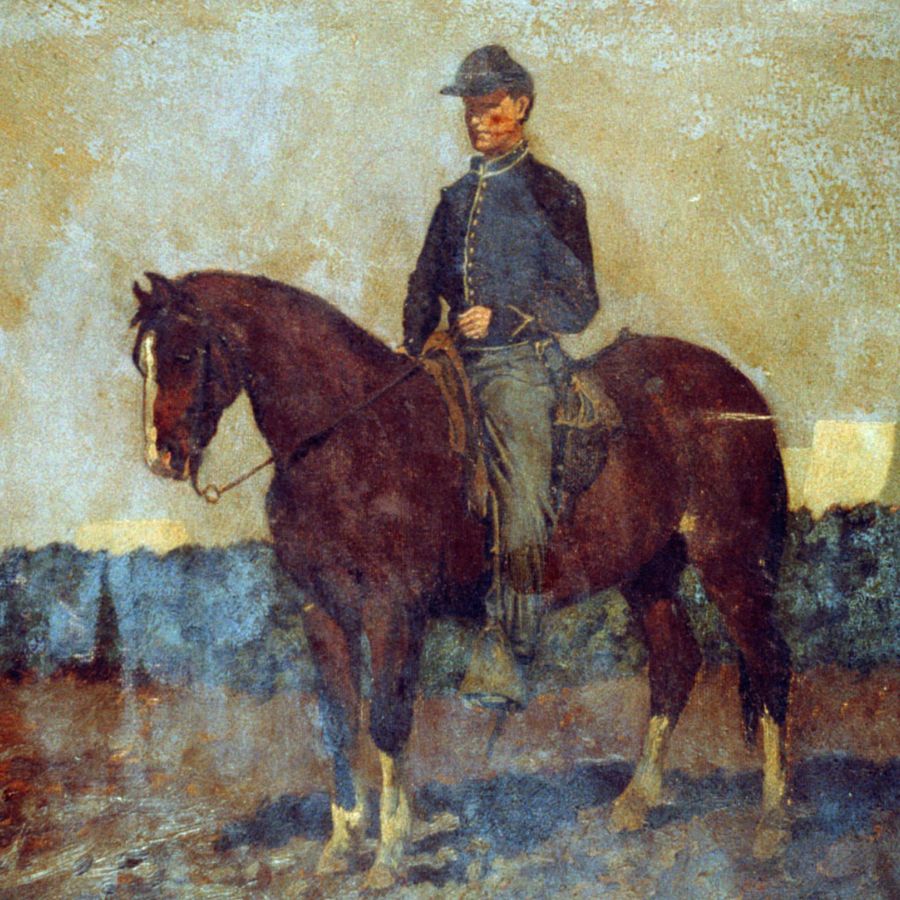
In 1876, soldiers from the 5th Cavalry camped near Sheridan Lake during campaigns against the Lakota. A miner named Norman McCully sold gold dust to troops before he vanished.
His body was found near Burnt Ranch with a bullet wound, his money sack missing.
A soldier’s footprints led to McCully’s camp, and a bloody Army-issued knife was found nearby. The suspect soldier disappeared days later, found dead in a gully with no gold.
Officers searched the ranch but found nothing. McCully’s gold came from a claim near Pactola, stamped with a unique assay mark.
How much the treasure would be worth today
McCully’s gold dust would now be worth around $65,000.
The Secret Mines of the Badlands – $10,000,000+
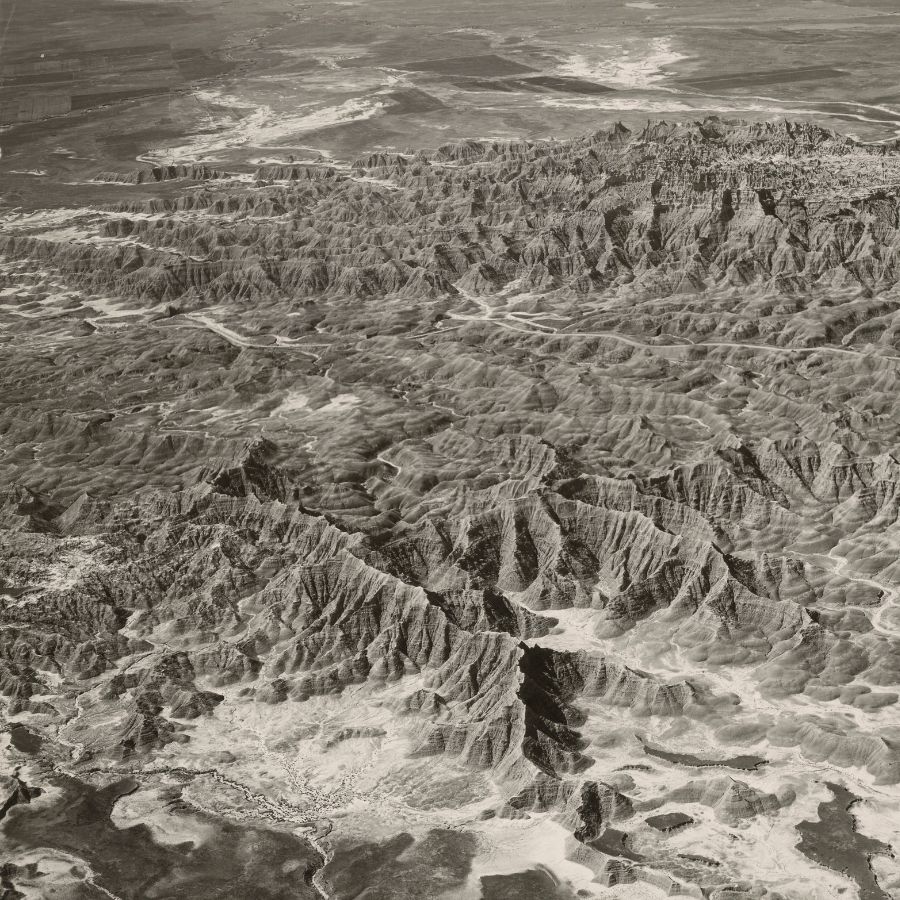
Spanish explorers in the 1700s wrote about “shining rocks” in the Badlands. Lakota tribes later spoke of sacred caves filled with yellow metal.
Prospector Frank Adams claimed he found a silver vein near the White River in 1884 but disappeared after sending a sample to Deadwood.
Wild Bill Hickok carried a map of the area, marked with an “X” near Sharp Peak. His notes mentioned a mine entrance hidden by fallen boulders. In 1931, a rancher found a Spanish-era iron pickaxe near Toadstool Park, but no mine was located.
Geologists confirm the Badlands have small gold deposits, often trapped in sandstone layers.
How much the treasure would be worth today
The Badlands mines could hold $10 million in gold and silver today.
Crook City Cannon Gold – $750,000+
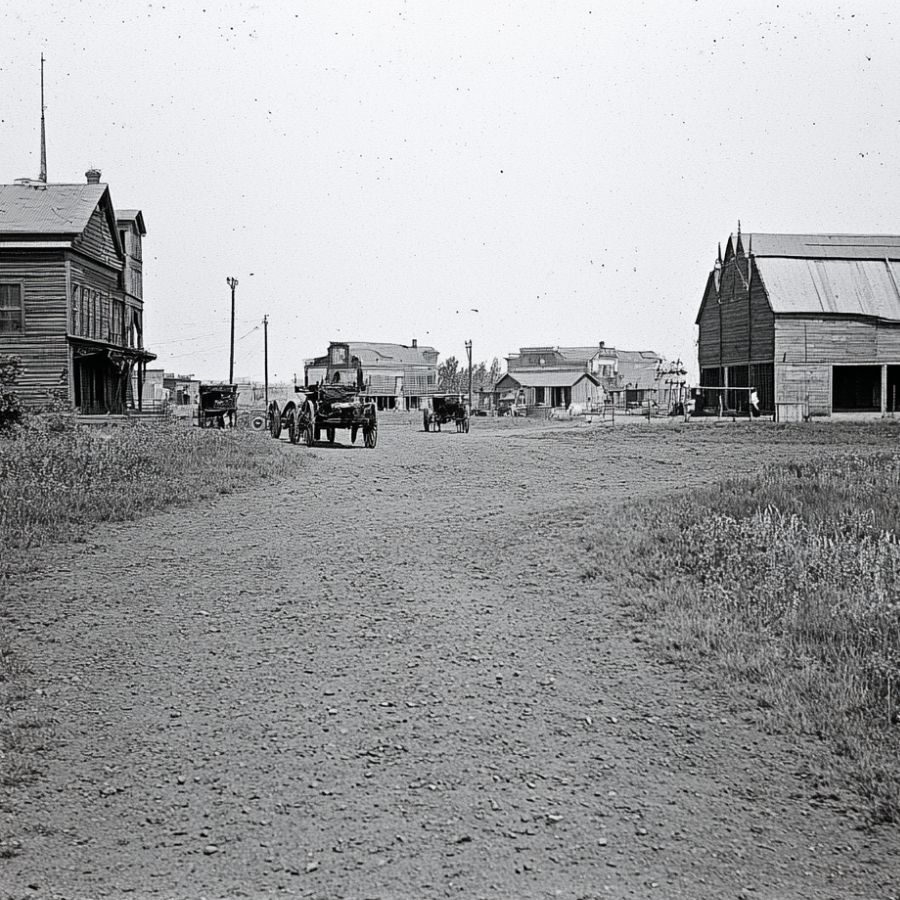
Crook City sprang up in the 1870s as miners rushed to the Black Hills for gold. Soldiers from General George Crook’s army camped nearby during conflicts with Lakota tribes.
They used the town as a supply base and hid a small bronze cannon loaded with gold coins to keep it safe from raids. When the town emptied after the gold rush faded, the cannon disappeared.
The cannon was last seen near French Creek, where soldiers dug trenches to protect supplies. In the 1930s, a drought dried up part of the creek, exposing rusted cannon parts, but no gold was found.
The gold likely came from local mines. A 1950s photo of Crook City’s ruins includes a circled spot some think marks the burial site.
How much the treasure would be worth today
The cannon’s gold could be worth over $750,000 today.
Seth Bullock’s Secret Stash – $400,000+
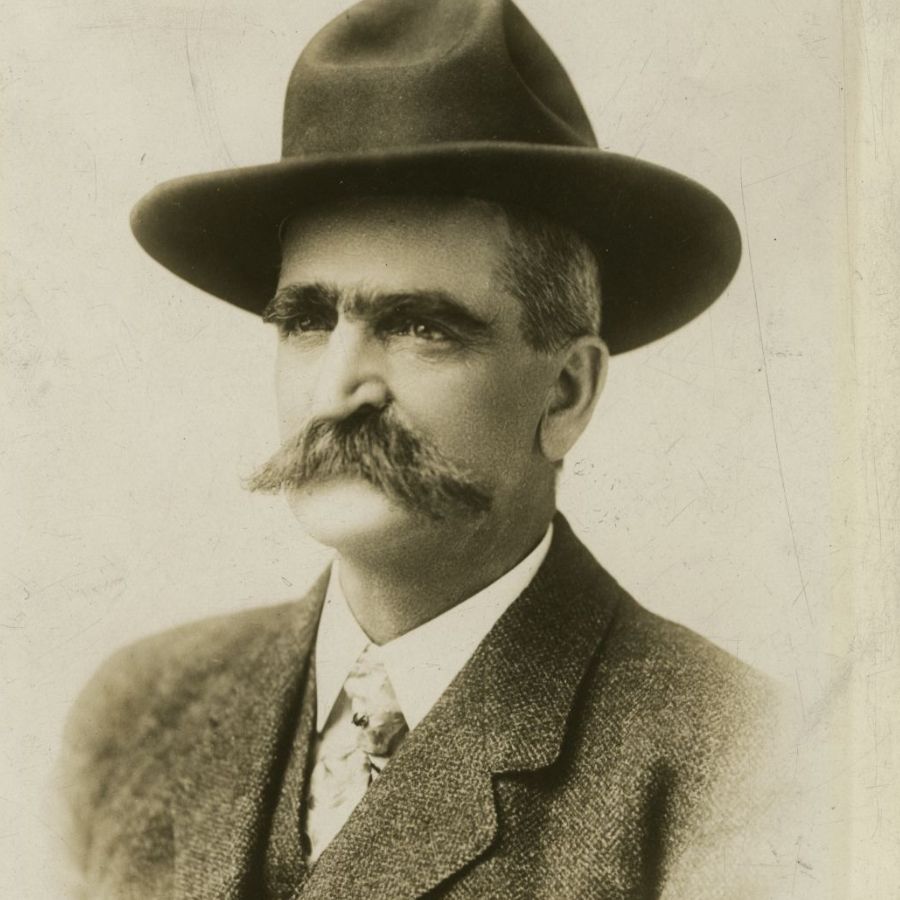
Seth Bullock became Deadwood’s first sheriff in 1876, taming the wild town with strict rules. He owned hotels, ranches, and a hardware store, earning enough gold coins to fill a strongbox. During fights with outlaws like Al Swearengen, Bullock hid his wealth to keep it safe.
He often rode to his ranch near Redwater Creek, where workers saw him burying a metal chest. A 1901 letter from Bullock’s partner, Sol Star, mentions a stash “under the big oak by the creek bend.” Floods in 1912 uprooted the tree, scattering its roots across the muddy bank.
The chest likely held $10 and $20 gold coins from the 1870s. In 1948, a rancher found a broken lock near the creek, matching descriptions of Bullock’s strongbox. The coins could still be buried where the soil mixes with river clay.
How much the treasure would be worth today
Bullock’s hidden coins might total $400,000 today.
Lost Standoff Bar Gold Mine – $2,000,000+
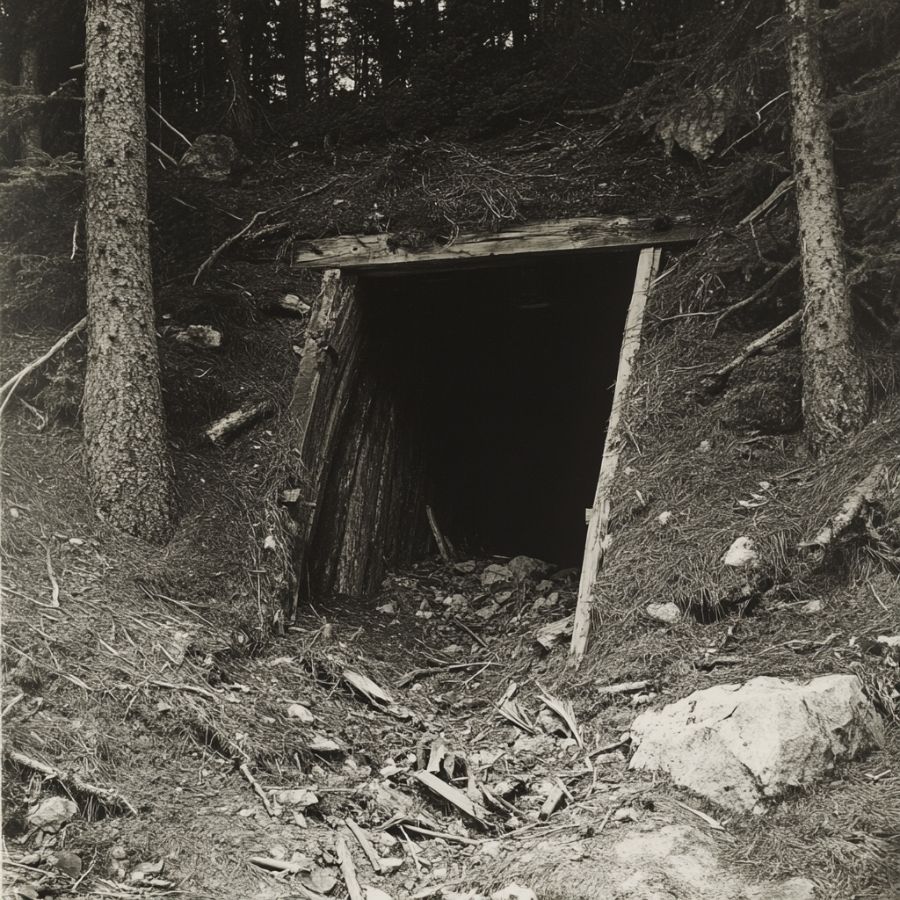
The Lost Standoff Bar Gold Mine was discovered by a U.S. Geological team in the mid-1870s. This team was led by Walter P. Jenny, who was part of General Custer’s expedition. The mine was located in Jenny Gulch, an area that once had rich deposits of gold and silver.
The treasure consists of unmined gold veins and possibly hidden gold deposits. Some accounts suggest that miners left behind gold they could not retrieve before the land changed.
Jenny Gulch was covered when the Pactola Dam was built. The original entrance to the mine may now be under the waters of Pactola Reservoir.
How much the treasure would be worth today
The mine’s gold could exceed $2 million today.
Bank Robbery Loot in Charles Mix County – $270,000+
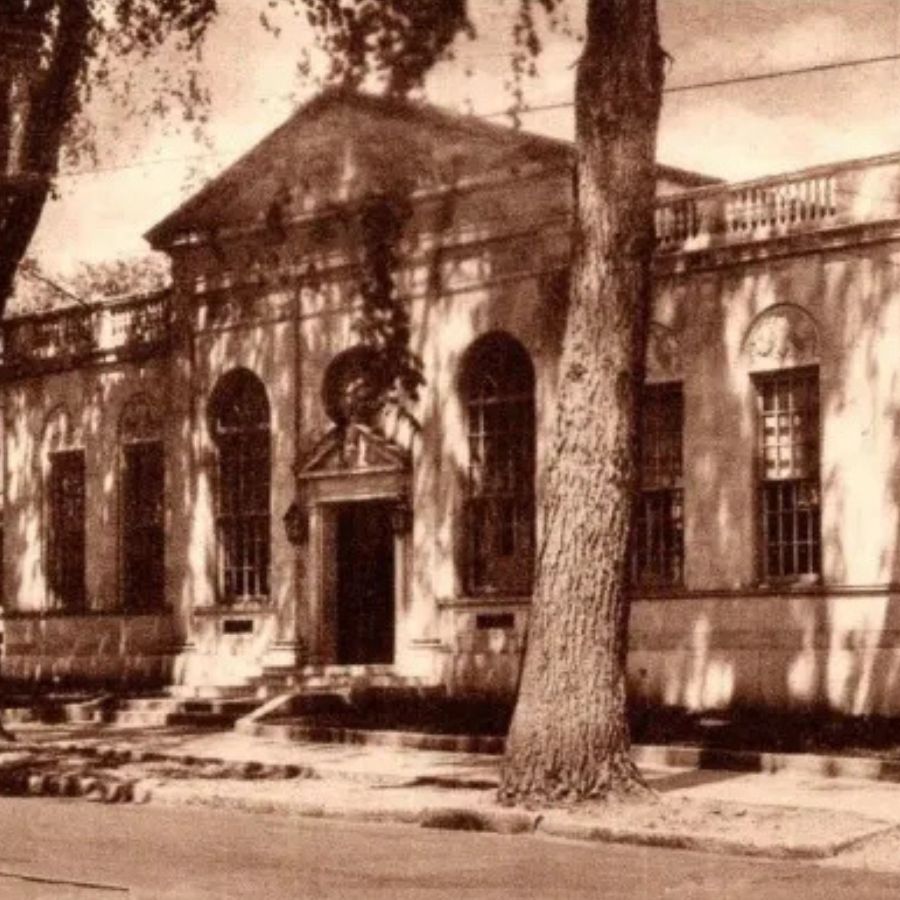
The bank robbery loot in Charles Mix County, South Dakota, comes from a daring heist in 1885. A group of outlaws robbed a bank, escaping with $9,000 in cash and gold. Fearing capture, they buried the stolen money in a remote area before vanishing.
The exact location of the treasure remains a mystery. Some believe it is hidden near the Missouri River, while others suggest a secluded forest area within the county.
The names of the robbers are unclear, but they were part of a well-organized gang. Law enforcement at the time pursued them but never recovered the stolen money.
How much the treasure would be worth today
The original $9,000 would be worth about $270,000 today, factoring in inflation.
Buried Treasure of Slain Hermit – $250,000+
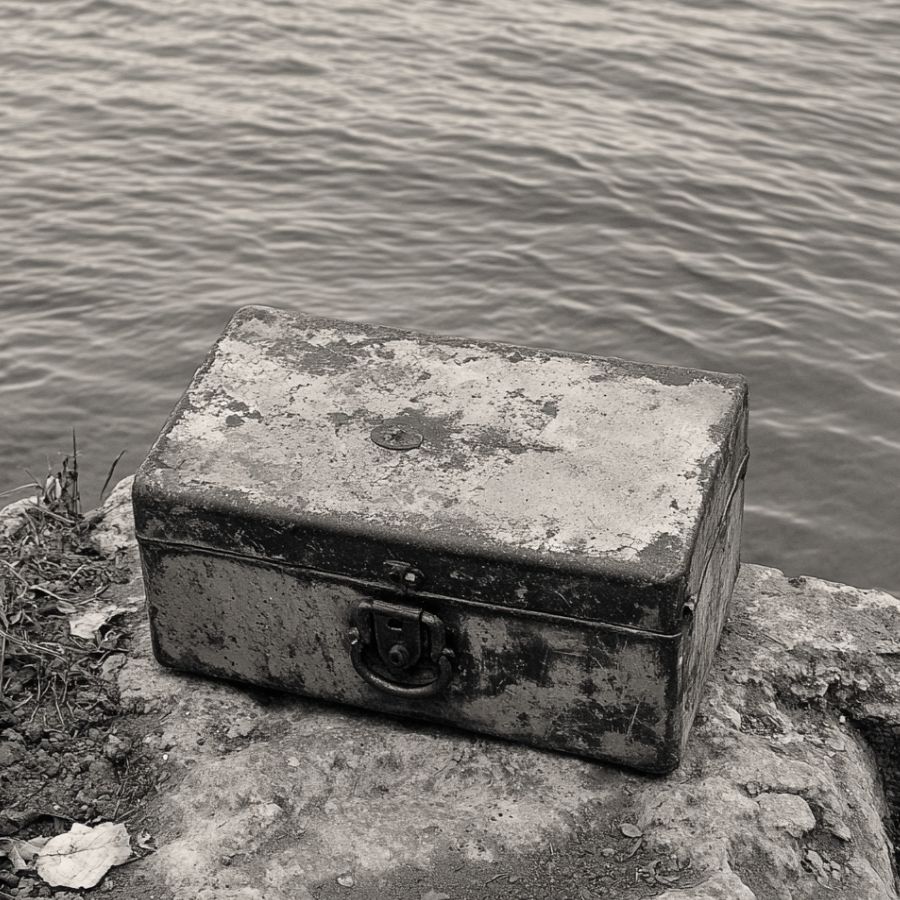
In 1907, reports emerged of strangers searching for a buried treasure in western Codington County, South Dakota.
The treasure was hidden by a hermit who had been slain in the area. The exact contents of the treasure are not detailed in the available reports, but it was significant enough to attract treasure seekers.
The hermit, whose identity remains unknown, hid his valuables somewhere in western Codington County before his death.
How much the treasure would be worth today
According to some available records of the treasure, it might be worth about $250,000 today.
Ruby Gulch Gold and Gems – $600,000+
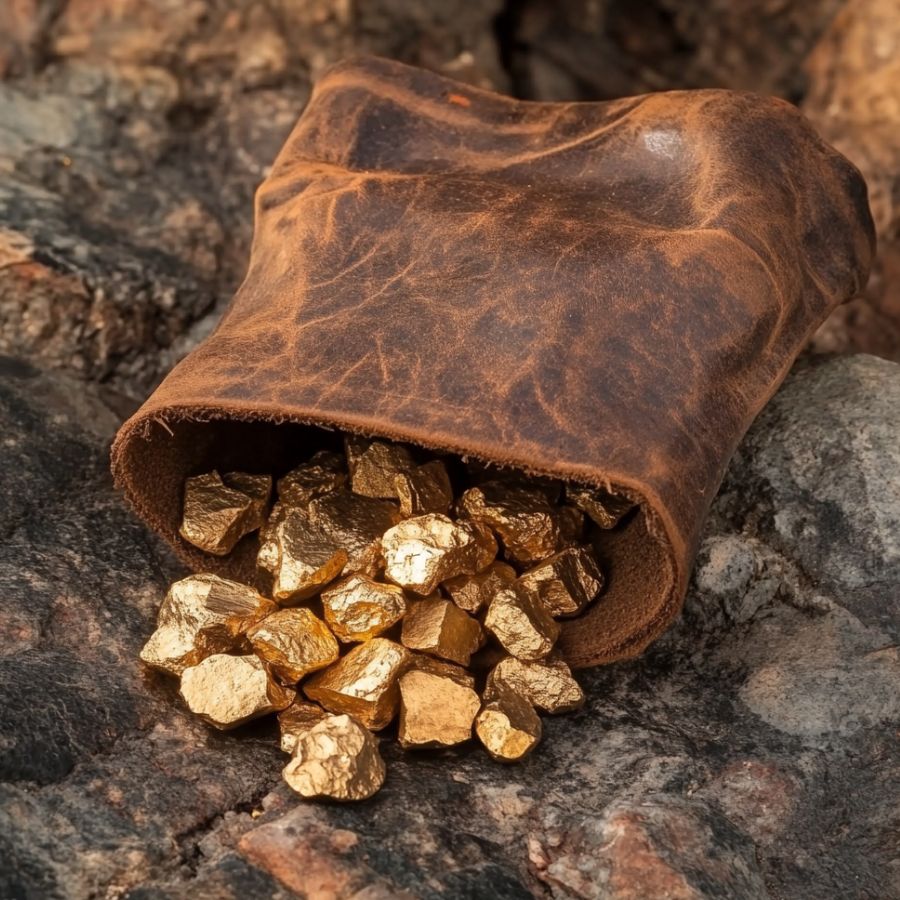
In the late 1800s, prospectors mined the Ruby Gulch area for gold and gems. Over time, tales emerged of hidden treasures left behind.
The hidden treasure include gold nuggets and precious gemstones. These valuables were reportedly stashed to keep them safe from thieves or during conflicts.
The individuals who hid these treasures were likely miners or settlers. They concealed their finds to protect them from being stolen.
The treasure is rumored to be buried within Ruby Gulch. Some believe it lies near old mining sites or under distinctive rock formations. The exact location remains unknown.
How much the treasure would be worth today
The hidden gold and gems might total $600,000 today.
Pierre City Park Treasure – $50,000+
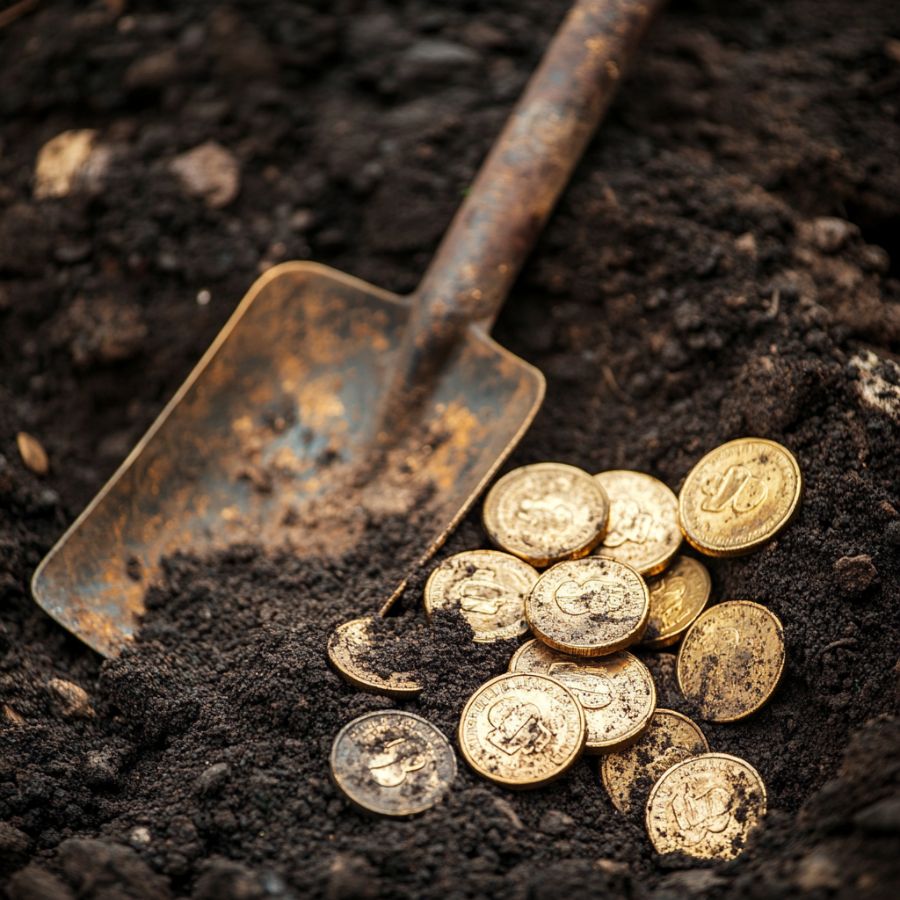
In 1920, a treasure hunt took place in Pierre, South Dakota. The search focused on Steamboat Park, a historical landing site for steamboats. The event was reported in the Philip Weekly Review on February 19, 1920.
The treasure consists of gold coins. River traders and merchants likely buried the cache to protect their wealth. The exact location remains unknown.
The coins were hidden in the era when steamboat trade on the Missouri River was at its peak. Over time, knowledge of the hiding place was lost.
How much the treasure would be worth today
If the cache contained $1,000 in gold coins from the 1800s, its value today would be over $50,000. The exact worth depends on the quantity and type of coins.
Thoen Stone Treasure – $5,000,000+
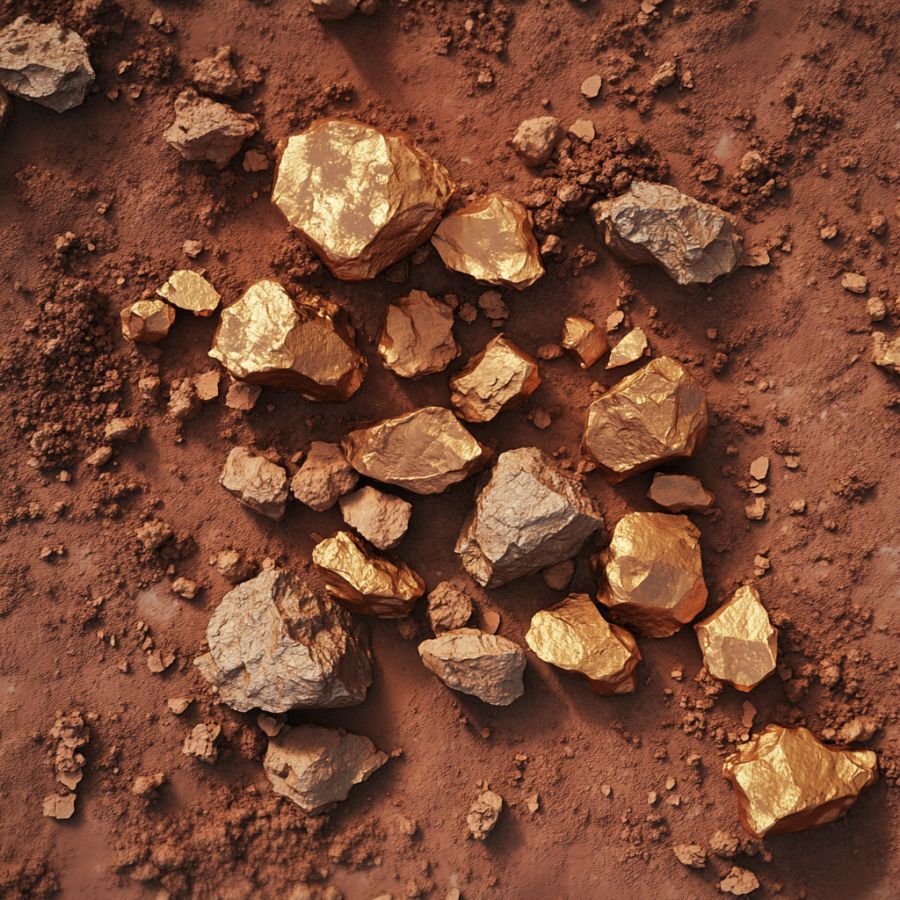
In 1887, Louis Thoen unearthed a sandstone slab on Lookout Mountain near Spearfish.
Carved in 1834, the stone’s chilling message claims seven men including Ezra Kind and William King who found gold in the Black Hills but were killed by Native Americans. Only Kind survived long enough to bury their haul, writing, “Got all the gold we could carry” before vanishing.
The stone’s discovery rewrote history, suggesting gold was found 40 years before Custer’s 1874 expedition. Skeptics called it a hoax, but historian Frank Thomson traced descendants of the men, confirming their 1833 journey from Missouri.
The gold, likely raw nuggets or dust, could lie near Spearfish Valley’s sandstone cliffs or under eroded creek beds.
Modern estimates suggest the gold was worth $30,000 in 1834—a fortune for the time. The stone itself, now displayed at the Adams Museum, remains a cryptic clue for treasure hunters.
How much the treasure would be worth today
The Thoen Stone’s buried gold could be valued at over $5 million today.
Lost Treasure of Sitting Bull – $2,000,000+
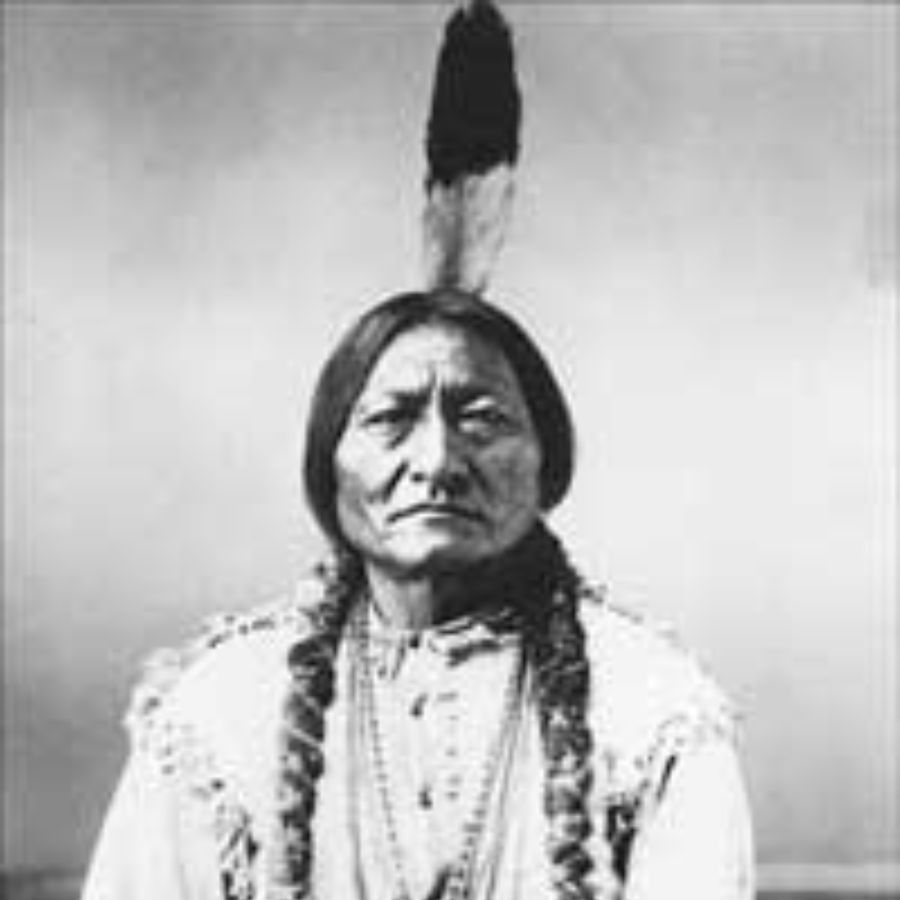
Sitting Bull, the Lakota leader who defeated Custer in 1876, reportedly hid ceremonial items and gold near his campsites. Before surrendering in 1881, he spent years evading U.S. forces, possibly caching sacred bundles or gifts received during his time with Buffalo Bill’s Wild West show.
His final camp near the Grand River in South Dakota is a prime search area. Tribal accounts mention a buffalo-hide map marking gold veins, hidden to protect Lakota heritage.
After his 1890 death, followers may have buried items to prevent confiscation, such as engraved peace medals or weapons.
In 1953, his remains were reburied near Mobridge, sparking rumors of treasures moved with him.
How much the treasure would be worth today
Sitting Bull’s hidden artifacts could exceed $2 million today.
Homestake Mine’s Missing Gold – $12,000,000+
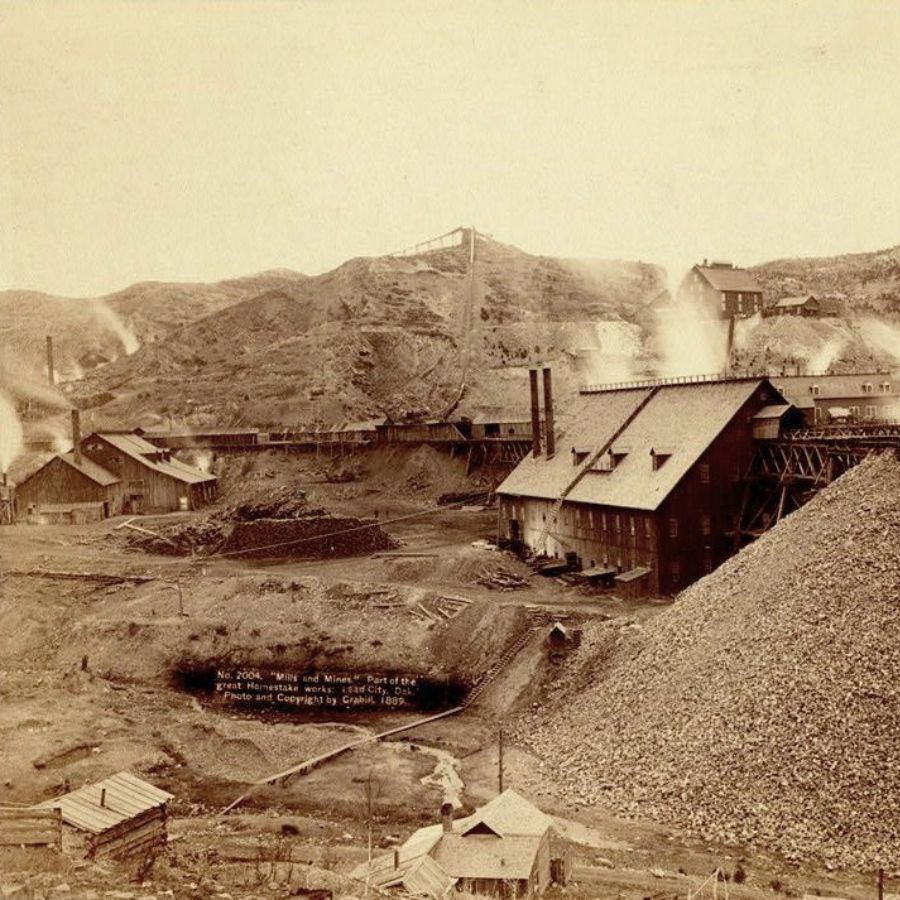
The Homestake Mine in Lead, South Dakota, holds a legacy of immense gold production and whispered tales of hidden treasure. Established in 1876 during the Black Hills Gold Rush, the mine quickly became the deepest and most productive in the Western Hemisphere.
Throughout its history, the mine was the site of numerous disputes and conflicts over mining claims.
In one notable incident, an employee of George Hearst killed a man who refused to sell his claim; the employee was later acquitted after all witnesses disappeared.
Given the vast scale of operations and the complex network of tunnels and conflicts among workers, some speculate that unprocessed gold ore may have gone missing over the years.
Unprocessed ore is difficult to trace, leading to theories about hidden caches within the mine’s extensive underground passages.
How much the treasure would be worth today
The Homestake’s lost gold might total $12 million today.
Lost Gold of the Arikara – $1,000,000+
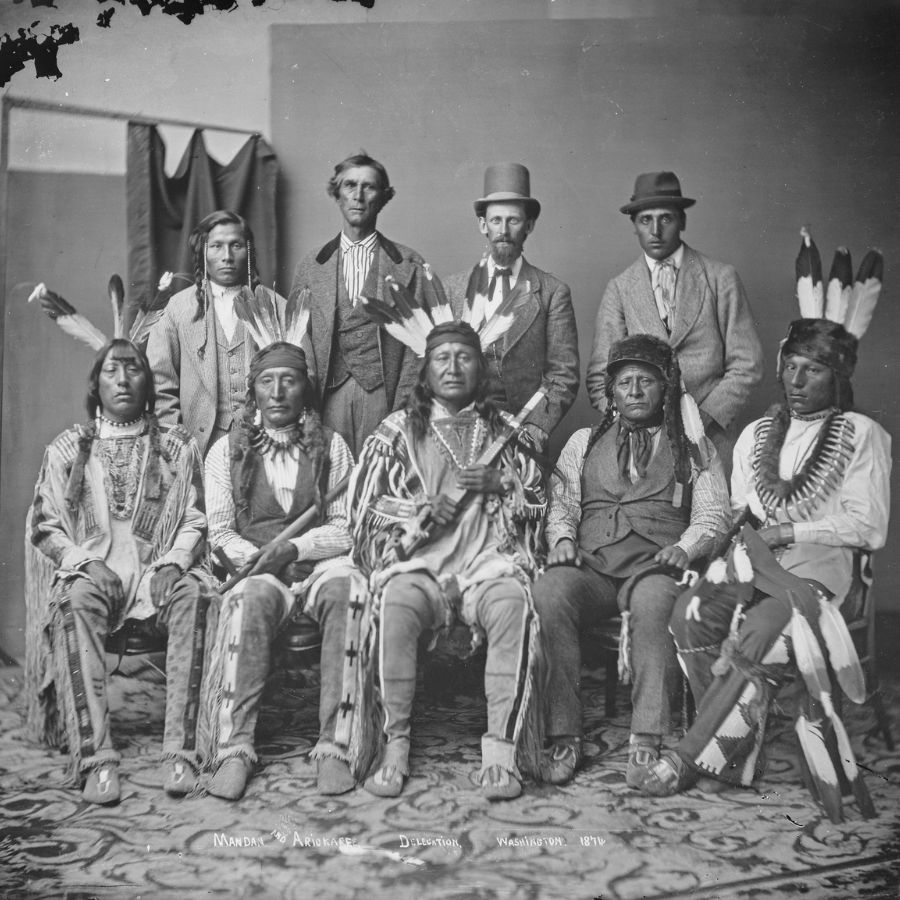
The Arikara people, who lived along the Missouri River in present-day South Dakota, were skilled traders and craftspeople. They fashioned intricate ornaments from copper and traded extensively with European settlers, acquiring metal tools, beads, and firearms.
During times of conflict and disease, especially the devastating smallpox epidemics of the 18th and 19th centuries, the Arikara may have hidden valuable items in earthlodge cellars and buried sacred objects to protect them.
Archaeological excavations near Mobridge, South Dakota, have uncovered pottery, tools, and trade goods, revealing glimpses of their rich material culture.
Some tribal stories speak of sacred bundles, such as the revered Mother Corn bundle, which held ritual significance. Occasional discoveries of ancient artifacts due to erosion and drought have fueled speculation about deeper caches.
How much the treasure would be worth today
The Arikara’s artifacts could be worth $1 million today.
Hidden Valuables of Fort Sisseton – $750,000+
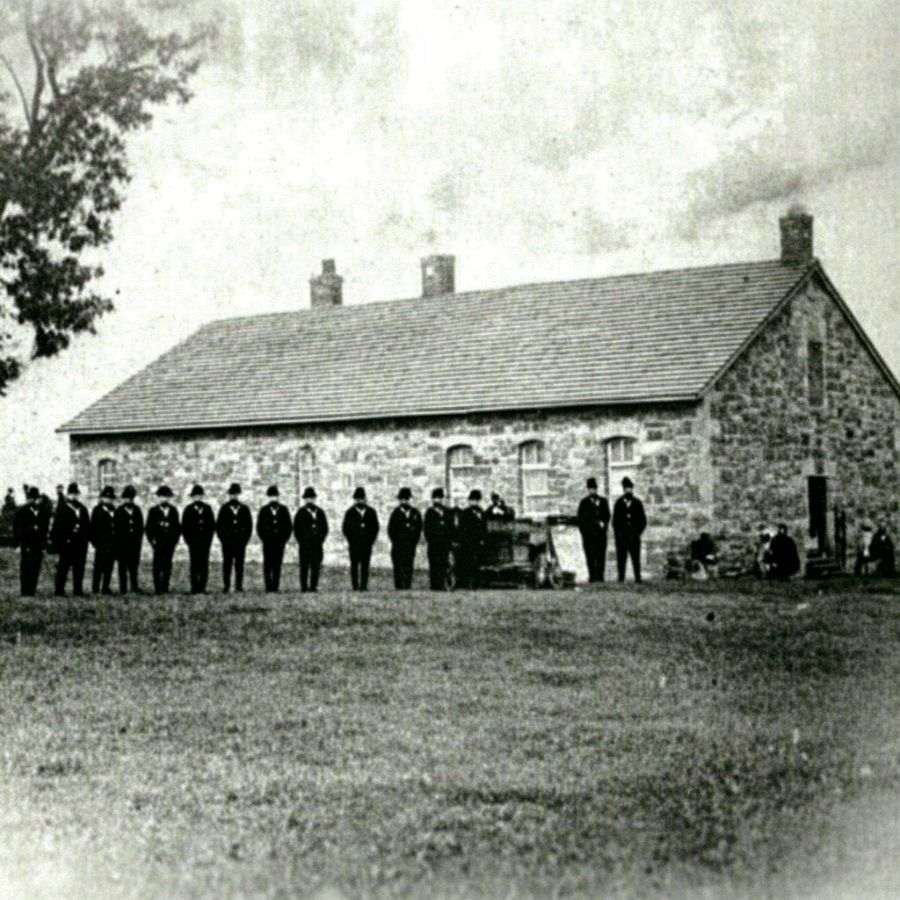
Fort Sisseton, established in 1864 in northeastern South Dakota, was a frontier military outpost during the Indian Wars. It remained active until 1889 and later became a state historic site.
During the fort’s operational years, payroll chests containing military funds were transported and stored at the site. The 25th Infantry Regiment, known as the Buffalo Soldiers, was assigned to Fort Sisseton in the 1880s. Members of the regiment used the fort’s stables, barracks, and surrounding areas for daily activities.
An 1880s journal entry from a stationed officer describes the concealment of stolen Army funds beneath the floor of a barracks building. Subsequent flooding at the fort altered the terrain, covering sections of the original foundations under layers of soil and mud.
Fort Sisseton’s original 14 buildings, now preserved as a state park, continue to be a subject of interest for historians and treasure seekers.
How much the treasure would be worth today
Fort Sisseton’s buried valuables might total $750,000 today.

